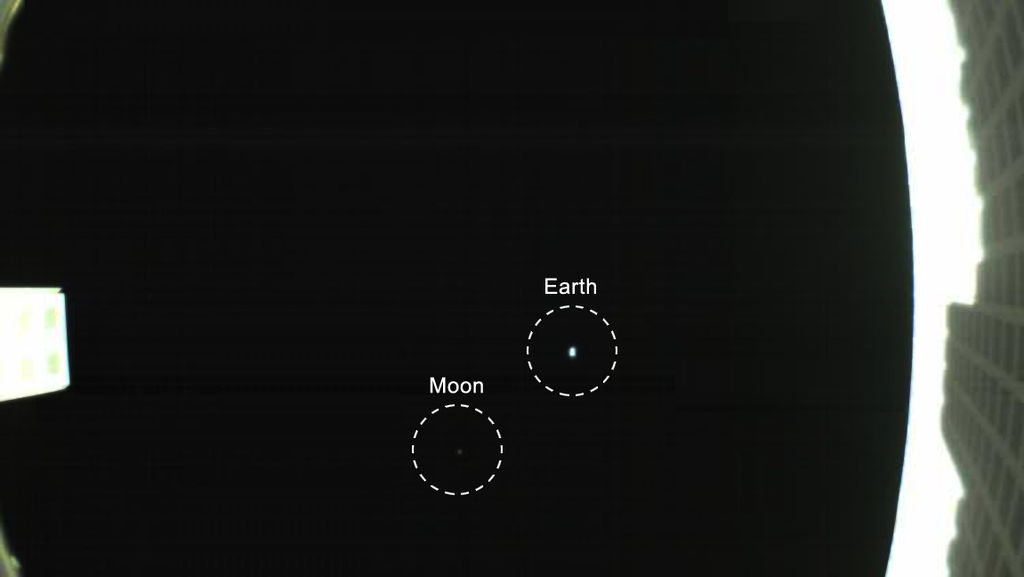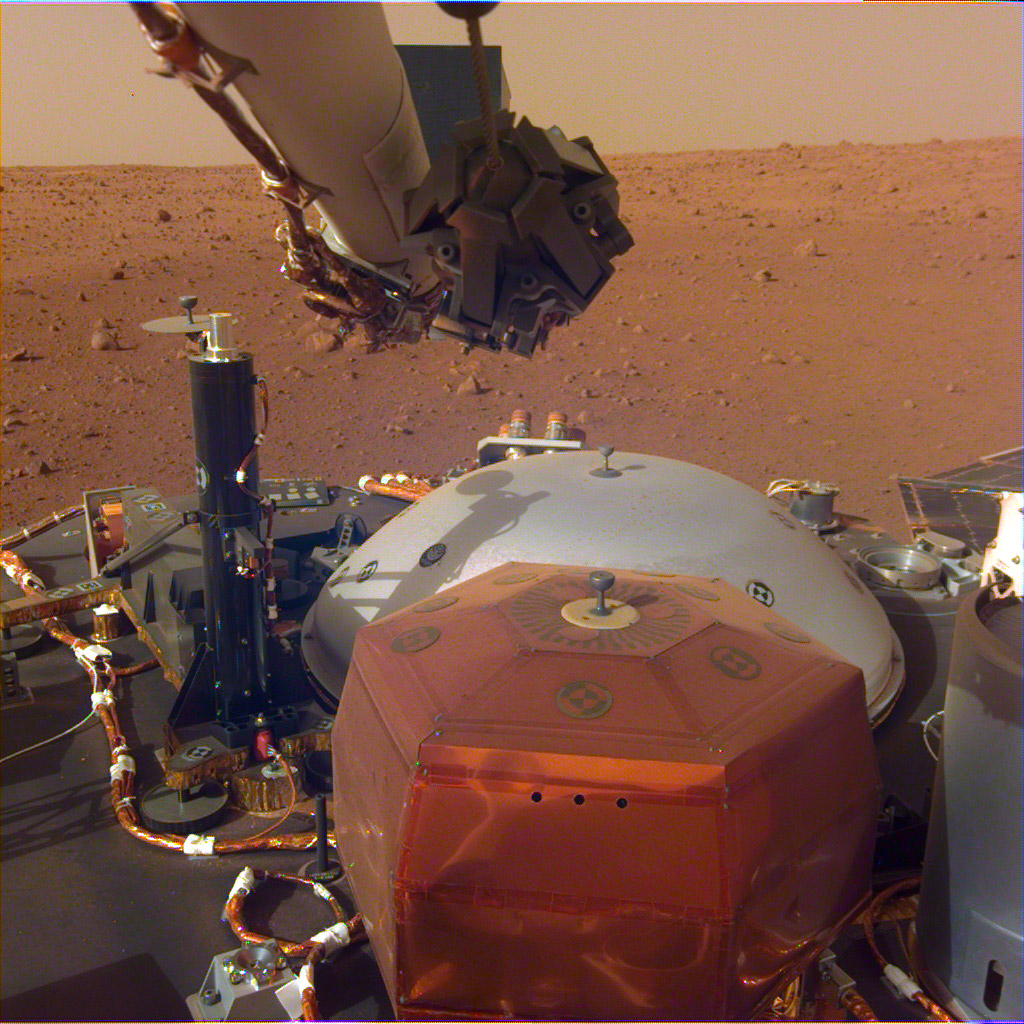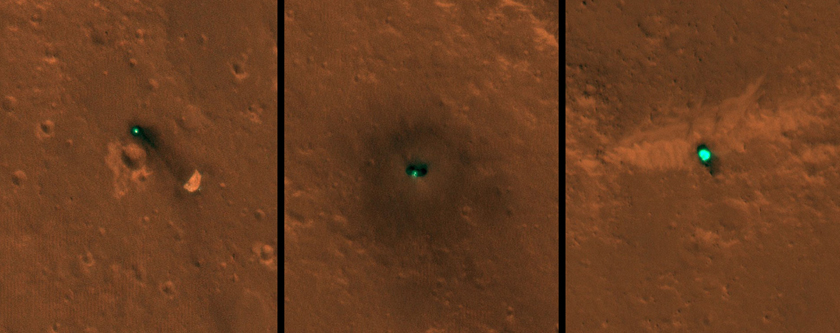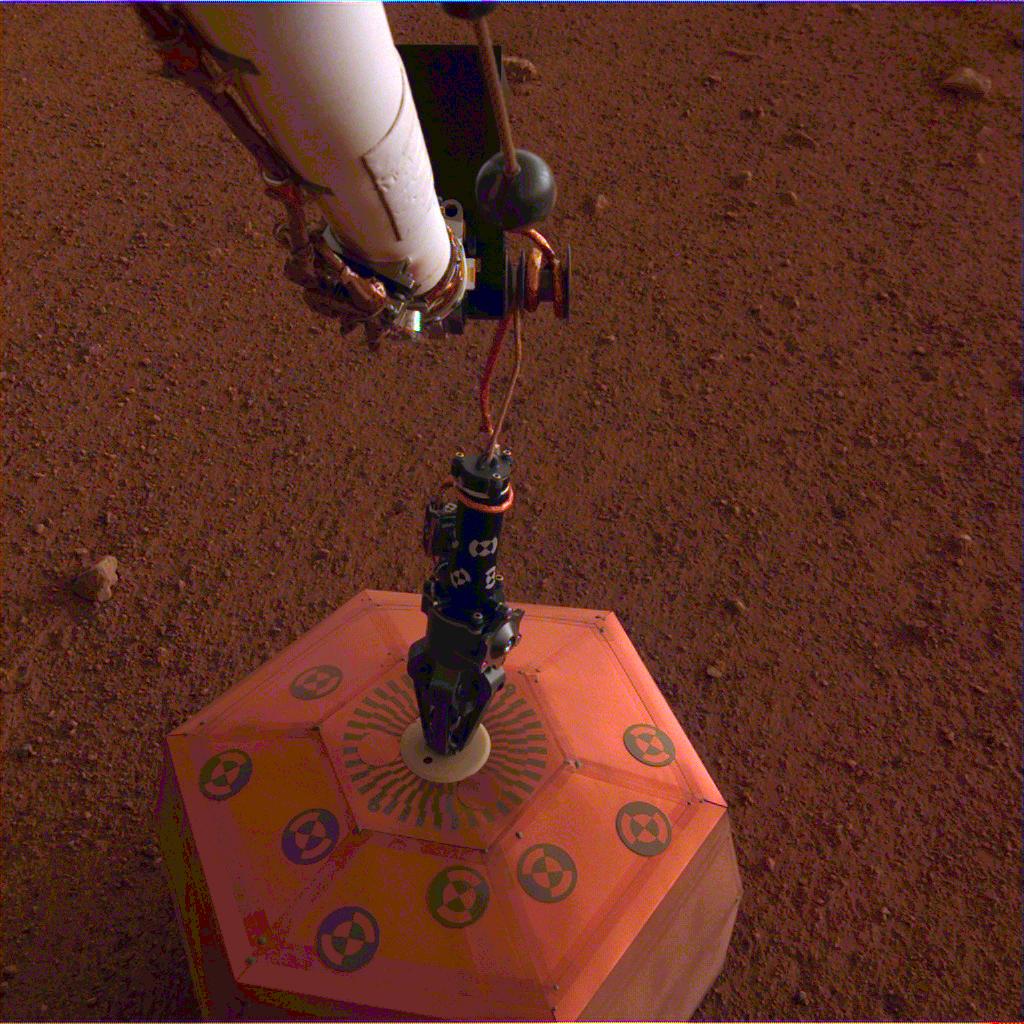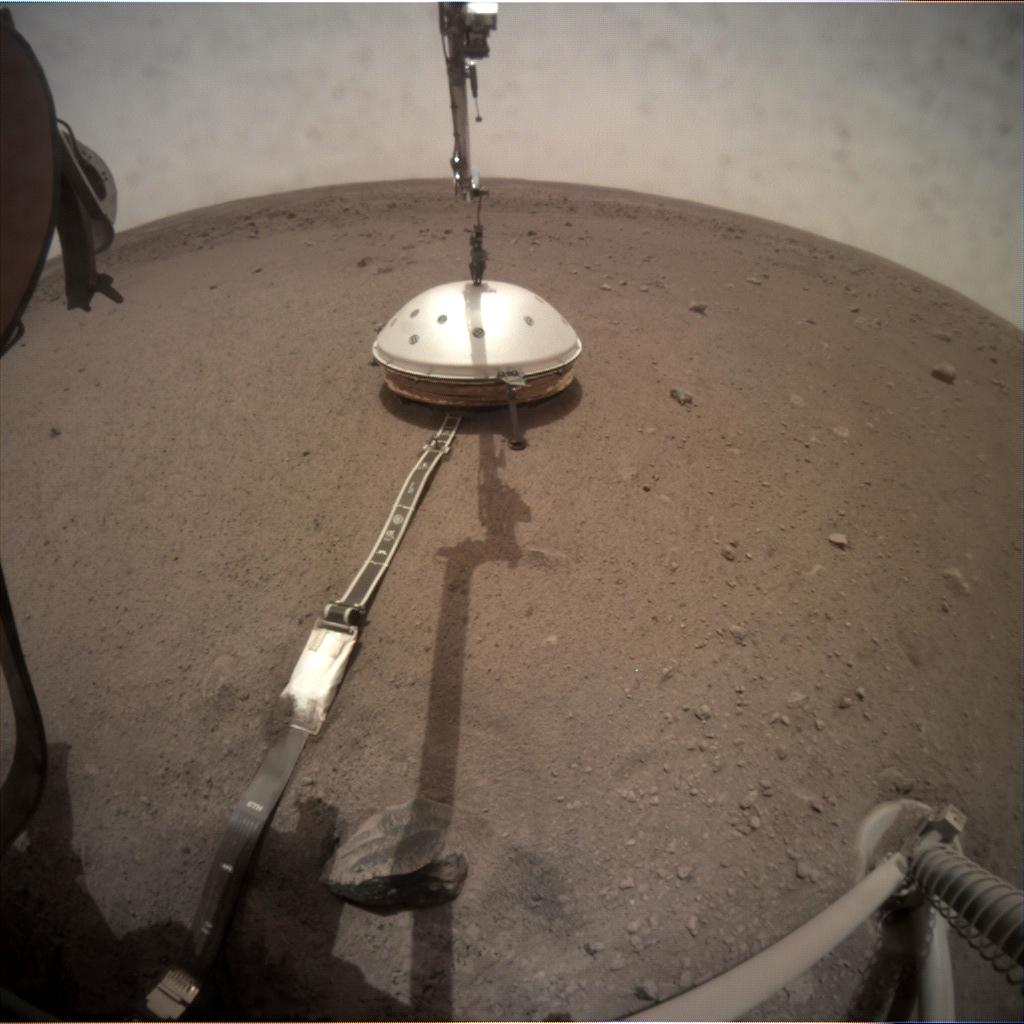NASA | JPL-Caltech | InSight | 2018 Aug 28
Ambitious climbers, forget Mt. Everest. Dream about Mars.Click to play embedded YouTube video.
The Red Planet has some of the tallest mountains in the solar system. They include Olympus Mons, a volcano nearly three times the height of Everest. It borders a region called the Tharsis plateau, where three equally awe-inspiring volcanoes dominate the landscape.
But what geologic processes created these features on the Martian surface? Scientists have long wondered -- and may soon know more.
NASA and DLR (German Aerospace Center) plan to take the planet's temperature for the first time ever, measuring how heat flows out of the planet and drives this inspiring geology. Detecting this escaping heat will be a crucial part of a mission called InSight (Interior Exploration using Seismic Investigations, Geodesy and Heat Transport), managed by NASA's Jet Propulsion Laboratory in Pasadena, California.
InSight will be the first mission to study Mars' deep interior, using its Heat Flow and Physical Properties Package (HP3) instrument to measure heat as it is conducted from the interior to the planet's surface. This energy was in part captured when Mars formed more than 4 billion years ago, preserving a record of its creation. That energy is also due to the decay of radioactive elements in the rocky interior.
